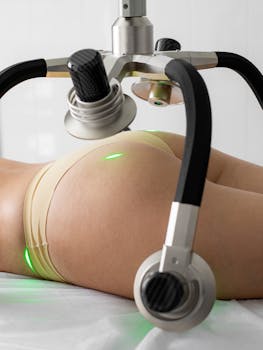Understanding the average cost of a surgery can feel overwhelming. Costs vary widely by procedure, location, facility type, surgeon experience, and whether you have insurance coverage. This guide breaks down the typical expense drivers, explains common out-of-pocket components, and offers steps to estimate how much does surgery cost for your situation so you can plan financially and medically with more confidence.
Average surgery cost estimates: what affects the price
Surgery costs are not a single number. A simple outpatient procedure could cost a few hundred to a few thousand dollars, while major inpatient operations can reach tens of thousands. Factors that drive price include facility fees (hospital vs. ambulatory surgical center), surgeon and anesthesia fees, pre-op testing, postoperative care, and any implants or specialized equipment. Geographic region also matters; metropolitan centers often charge more than rural hospitals.
Facility and provider differences
Hospitals generally have higher facility fees than outpatient surgical centers. Surgeon fees vary with specialty and experience, and anesthesia billing is separate in many systems. If you’re comparing options, ask for an itemized estimate so you can see how each component contributes to the total. Knowing these line items helps answer the practical question of how much is surgery likely to cost rather than just a single lump sum.
Insurance, deductibles, and out-of-pocket costs
Insurance coverage changes the picture drastically. Some plans cover the bulk of a procedure after deductible and coinsurance, while high-deductible plans can leave patients with substantial bills. Even with insurance, you may face pre-authorization requirements, out-of-network charges, or limits on coverage for elective procedures. Before scheduling, contact your insurer for a benefits check and ask the provider to submit a pre-authorization to reduce surprises about how much will surgery cost after claims are processed.
Common procedure price ranges and examples
To give context, here are rough ranges (these are examples, not guarantees): minor outpatient procedures like mole removal or cataract surgery often fall in the low thousands; common orthopedic procedures such as arthroscopic meniscus repair might range from several thousand to over $15,000 depending on setting; inpatient major operations—cardiac bypass, complex cancer resections—can exceed $50,000 or more. Elective cosmetic surgeries are usually paid fully out of pocket, so it’s important to get a complete quote. For a fuller sense of national health spending patterns and trends, consult resources like the CDC’s reports on health expenditures.
See an explanation of recovery timelines for some elective procedures here: descriptive anchor text.
Planning ahead: steps to estimate your cost
Start by asking your surgeon’s office for an itemized estimate and specifying whether fees are billed separately by the hospital, surgeon, and anesthesiologist. Contact your insurance company with CPT or procedure codes to verify coverage and expected patient responsibility. Ask whether pre-op tests or post-op therapy are included. If you anticipate difficulty paying, inquire about payment plans, financial assistance, or bundled pricing options that some centers offer.
Negotiation and financial help
If you’re uninsured or facing a large balance, hospitals sometimes offer sliding-scale discounts, charity care, or negotiated cash rates. Understand billing timelines and do not ignore bills; early communication often leads to more favorable arrangements. For elective procedures, comparing estimates from several accredited facilities can reduce costs without sacrificing safety.
When to get a second opinion
If costs are unexpectedly high or the recommended procedure seems uncertain, a second medical opinion can clarify necessity and potential alternatives. Less invasive or conservative treatments may lower both medical risk and financial burden. A second opinion can also surface different pricing options for comparable care.
- Takeaway: Surgery costs vary dramatically by procedure, location, and provider.
- Takeaway: Insurance status and plan details largely determine your out-of-pocket responsibility.
- Takeaway: Request itemized estimates, verify coverage with your insurer, and ask about financial assistance early.
- Takeaway: Compare facilities and consider second opinions for costly or elective procedures.
FAQ: How much does surgery cost?
Answer: Costs depend on procedure type, facility, surgeon fees, anesthesia, and insurance. Obtain an itemized estimate and a benefits check from your insurer to learn your likely out-of-pocket expense.
FAQ: How can I reduce what I’ll be billed for surgery?
Answer: Ask for cash-pay discounts, compare accredited centers for bundled pricing, verify in-network providers, and check whether certain pre-op or post-op services are covered. Discuss payment plans or financial assistance with the billing office.
FAQ: Where can I find national data on medical spending?
Answer: Government health statistics provide overviews of national health expenditures and trends; a helpful resource is the CDC’s page on health expenditures and related data which explains how spending is measured and distributed across services and populations: CDC: Health Expenditures.






